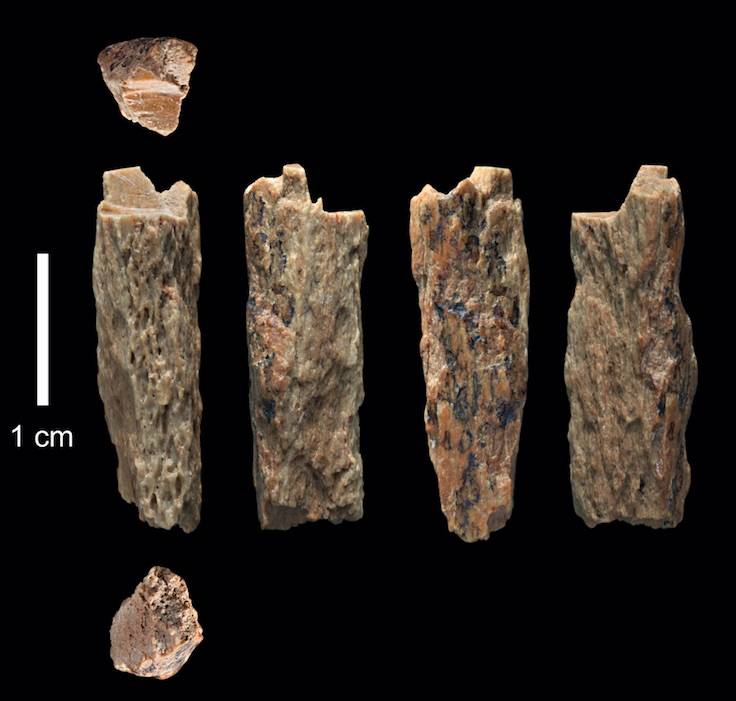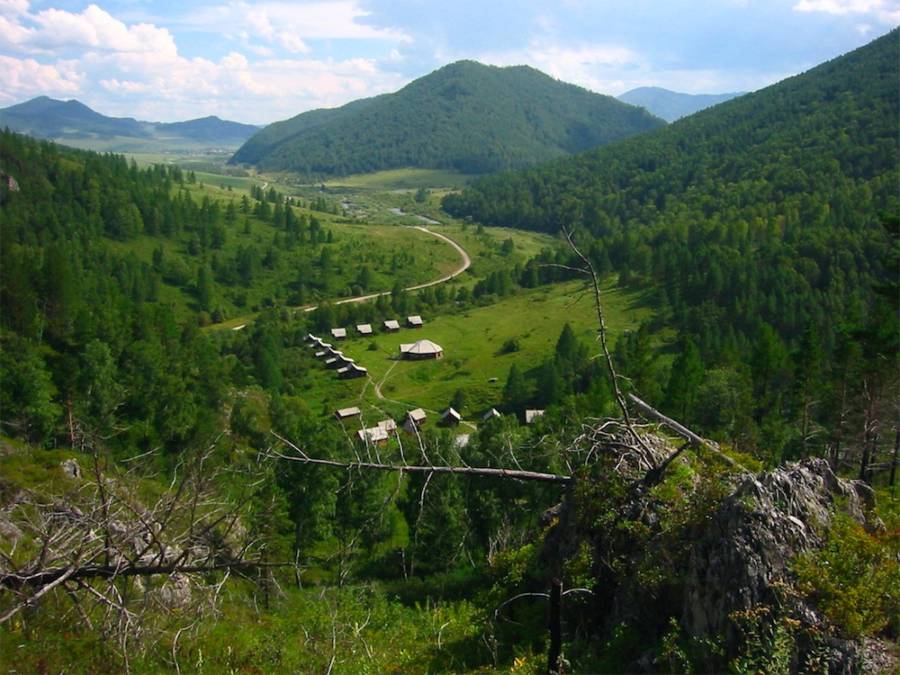The 90,000-year-old hybrid of two extinct human species has been uncovered by scientists

The 90,000-year-old hybrid of two extinct human species has been uncovered by scientists

A piece of bone, barely larger than a quarter, has given archeologists their recent major scientific breakthrough.
A study published in Nature on 22 August examined the piece of bone and found that the former girl from whom the fragment belonged was an unknown hybrid of two ancient families, Neanderthal and Denisovan.
According to a study published by researchers, a group of Russian archeologists initially found the groundbreaking bone fragment in Siberia, inside Denisova cave in 2012.
The scientists revealed in their study that the bone was from a girl who died almost 90 000 years ago, at about the age of 13.
The bone was passed to a group of scientists in Leipzig, Germany at the Max Planck Institute for Evolutionary Anthropology.
Shockingly found that the girls’ mother was a Neanderthal, and his dad was a Denisovan. They sequenced the genome from the fragment.
Neanderthals and Denisovans lived in Eurasia for millennia until they had been replaced by modern humans around 40.000 years ago.
In the west, the Neanderthals and in the east Denisovans were mainly occupied. Denisovans are also a rather new discovery.
In 2010, a team of researchers discovered unusual hominin DNA from bone found in the Denisova cave in Siberia, according to National Geographic. The newly discovered hominins named Denisovan after the cave.

More study into the community shows that the Neanderthals were linked and split almost 400,000 years ago from them.
Both groups are the closest instances of extinct families of modern people and have been divided over 390,000 years ago. Because they have become separated, they have never interacted. they are isolated.
Viviane Slon, a scientist at the Max Planck Institutes, said in a declaration: “For past research, we knew that Neanderthals and Denisovans sometimes had kids together.” But I didn’t think we’d be so fortunate to discover the real descendants of both groups.
The scientists were able to find out more in their research of the bone genome than just who the children parents were.
They discovered that their mother was genetically closer to the Neanderthals, who came from Western Europe, than the Neanderthals, who lived in the cave of Denisova.
They also discovered that her father Denisovan also had at least one Neanderthal ancestor in his family tree, further confirming the previous hypothesis that Neanderthals and Denisovans interacted commonly, although their group was separated.
Svante Pääbo, director of the Max Planck Institute’s Department for Evolutionary Genetics and the lead author of the research, said that “Neanderthals and denisovans may not have had many opportunities to meet.” “But they must’ve matted often when they did–far more than we believed before.”
The 90,000-year-old bone of this teenager not only teaches us the relationship between our human ancestors – it helps shape our knowledge of the interaction of hominin.